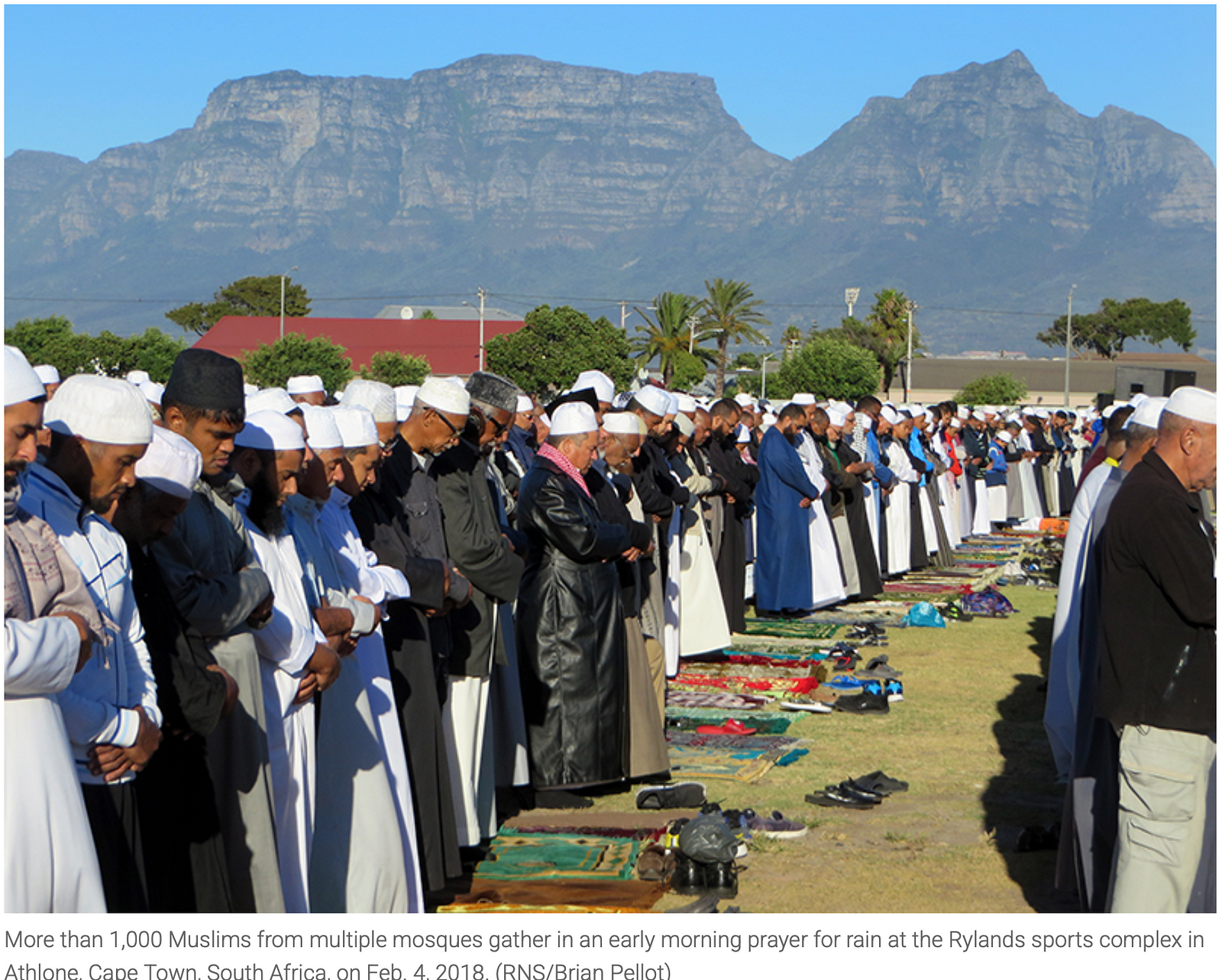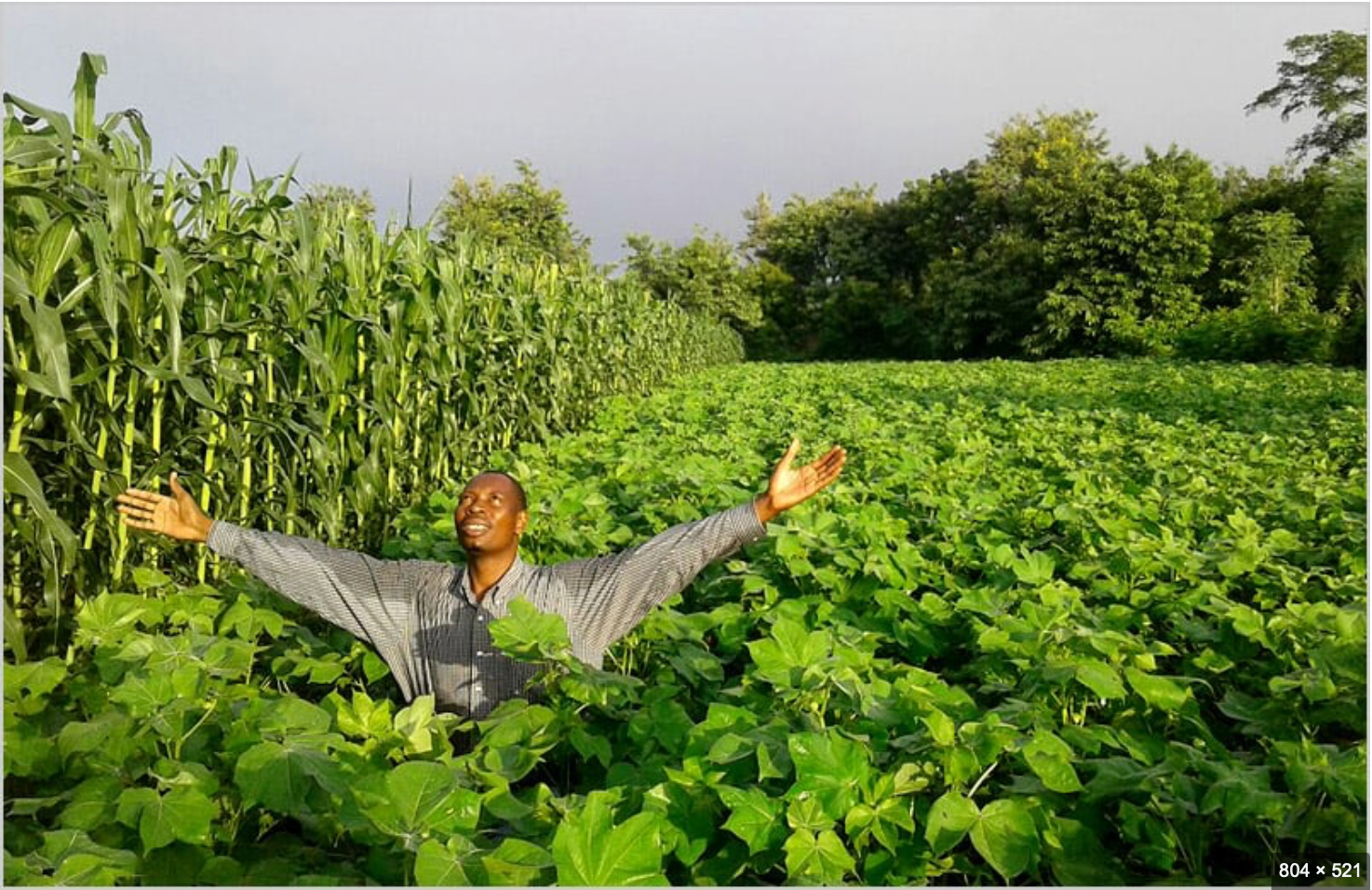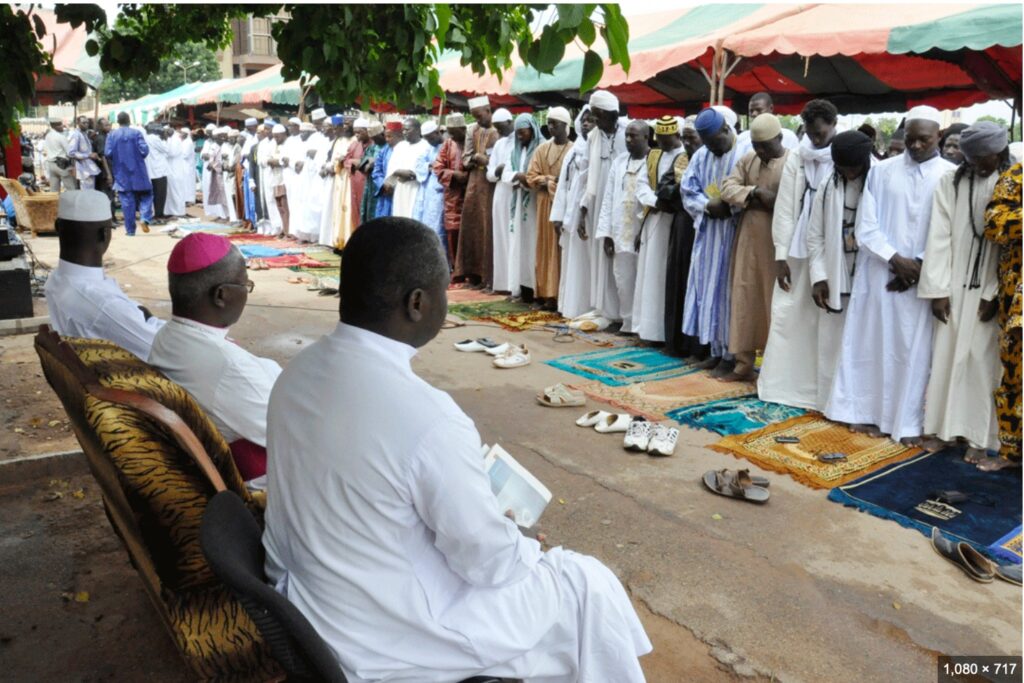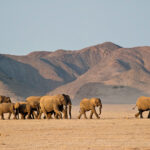When carbon emissions take the front seat in climate discourse, faith is often left in the back — quiet, overlooked, uninvited. But in Africa, where spirituality shapes how people live, hope, and endure, shouldn’t climate change be more than just science and policy? Perhaps it’s time we recognised it for what it truly is: a spiritual alarm which should ring through our sermons, our scriptures, and our conscience.
In 2024, more than 1,000 pilgrims died during the Hajj pilgrimage, many from heat-related causes as temperatures soared to nearly 50°C. The tragedy was more than a weather anomaly. It was a stark reminder that the climate crisis is encroaching even on sacred rituals.
Worshippers who came seeking divine closeness met, instead, the unrelenting wrath of a planet out of balance.
“Twenty-five years ago, people could be excused for not knowing much, or doing much, about climate change. Today, we have no excuse. No more can it be dismissed as science fiction; we are already feeling the effects,” said the late Desmond Tutu, archbishop emeritus of Cape Town and Nobel Peace laureate.
Across Africa, the pulpit is getting a bit louder on climate. In 2022, ahead of COP27 in Sharm el-Sheikh, more than 40 Christian leaders from across the continent gathered in Nairobi, not for ritual, but for reckoning. Their message cut through the noise: climate justice is not optional. It is integral to spiritual justice.
“We share a fierce resolve to stand and work together to end the hunger made worse by climate instability,” they said. “To renew God’s creation and to bring our planet into balance.”
They were responding to what they described as “a planet wildly out of balance,” where climate shocks fuel hunger, displacement, and poverty. And while the wealthiest 10% in the global North pump out nearly half of global emissions, it’s African women, children, and communities who pay the steepest price for a crisis they did not create.
Lake Chad is a case in point. Once a thriving water body supporting over 30 million people, it has shrunk by 90% since the 1960s. The loss has devastated local economies, sparked conflict, and intensified displacement. For communities in Nigeria, Chad, Cameroon, and Niger, the crisis is not just ecological. It is existential.
In many African communities, people don’t typically describe environmental problems using technical language like “kilowatt-hours” or “carbon offsets.” Instead, they interpret issues like deforestation, drought, or floods through ancestral wisdom and spiritual beliefs.
Climate change is often seen not just as a scientific or physical problem, but as a deeper moral and spiritual warning. It signals that humanity has broken its sacred duty given by God or the ancestors — to till and keep the earth. In this worldview, environmental degradation reflects a loss of balance in the relationship between people, nature, and the divine.
A vivid example unfolded in 2024 in Jos, Plateau State, Nigeria, where prolonged droughts left crops like yam, maize, and millet withering in the fields. In response, Christian and Muslim communities gathered in worship spaces to pray for rain. Religious leaders like Imam Abdulkareem Salihu and Pastor Isaac Luka linked the drought to moral failings — dishonesty, abortion, and violence — urging both repentance and spiritual renewal.
For many, the climate crisis wasn’t just about weather patterns; it was a sign of broken covenant, demanding both divine intervention and moral accountability.

Religion begins to turn green
Religious institutions are beginning to respond. In the Muslim world, the Islamic Society of North America created a “Green Masjid Task Group” in 2014, now known as the ISNA Green Initiative, to promote eco-consciousness in mosques and Islamic schools.
In 2015, Muslim leaders from 20 countries issued the “Islamic Declaration on Climate Change,” urging wealthy and oil-rich nations to lead the charge in phasing out fossil fuels.
Similarly, Christian groups are building momentum. The “Green the Church” movement empowers Black congregations in the U.S. to engage in environmental action.
In Africa, some churches have started integrating environmental themes into sermons, holding tree-planting crusades, and lobbying for clean energy policy.
However, many say it still isn’t enough.
The hidden carbon cost of sacred worship
Too little attention is paid to the fact that the very way we worship unintentionally contributes to environmental strain. Crusades, large-scale revivals, and pilgrimages often generate massive carbon footprints. From waste management issues to land degradation, these sacred gatherings leave a lasting mark.
The Hajj in Mecca, with over 2 million attendees annually, produces vast carbon emissions from global air travel, strains local water and energy supplies, and generates massive plastic waste.
In India, the Purna Kumbh Mela draws over 100 million devotees every 12 years, but often results in river pollution, sanitation crises, and land degradation from temporary infrastructure.
Christian revivals across sub-Saharan Africa, the U.S., and Latin America also leave a mark, from fuel-guzzling generators to heaps of plastic waste.
Yet, because these events are framed as acts of devotion, their environmental toll is rarely questioned. Worship may uplift the soul, but it’s also pressing hard on the planet.
Is reform possible?
Yes, faith events can adopt greener logistics, limit plastic use, and offset emissions. Some religious bodies are beginning to experiment with such measures, but adoption is slow, as many lack the resources or awareness to implement sustainable practices.
Still, the most powerful shift may be led by Africa’s next generation. Across the continent, young believers are fusing faith and climate activism, grounding their work in both scripture and a sense of moral urgency. For them, eco-spirituality isn’t a passing trend; it’s a sacred responsibility.
From Kenya to Nigeria to South Africa, youth-led movements are emerging that reinterpret environmental stewardship as a core expression of faith. In Kenya, groups like the Catholic Youth Network for Environmental Sustainability in Africa (CYNESA) have mobilised young Catholics to lead tree-planting campaigns, climate education workshops, and clean-up drives — all rooted in late Pope Francis’s Laudato Si’, which frames care for the Earth as a spiritual duty.
Similarly, in South Africa, youth climate activists with religious ties have staged climate-focused vigils and prayer walks, using faith as both a mobilising language and a moral compass. One notable example: during the 2022 floods in KwaZulu-Natal, local youth groups, including church members, coordinated emergency responses while also calling for climate justice from the pulpit.

“It’s not enough to pray,” said Hafsat Musa, a youth coordinator at a mosque in northern Nigeria. “We must live in a way that honours creation. That is also worship.”
In some parts of Africa, Muslims like Hafsat are leading mosque-based environmental clubs that promote plastic reduction, clean energy, and water conservation, grounding their efforts in Quranic teachings on guardianship of the Earth (khalifah). Some even organise climate iftars during Ramadan, blending the spiritual discipline of fasting with reflection and action on the climate crisis.
These initiatives are deeply rooted in tradition, yet radically contemporary in how they reframe sacred texts and rituals in the context of a warming world. Young people are not just adapting, they’re reclaiming the narrative, positioning climate justice as a form of worship, and demanding that religious institutions match their conviction with action.
As Africa faces rising heat, shrinking water bodies, and intensifying storms, the role of religion cannot be peripheral. Faith communities are uniquely positioned to bridge the emotional and cultural gap in climate communication. But this requires bold preaching, practical reforms, and an honest reckoning with past complicities and inactions.
Hope is not naive. It is a strategy. Faith leaders have the moral capital to inspire change at scale, if they dare to use it.
And perhaps in doing so, they will remind us that to care for the Earth is not a political act, but a profoundly spiritual one.










